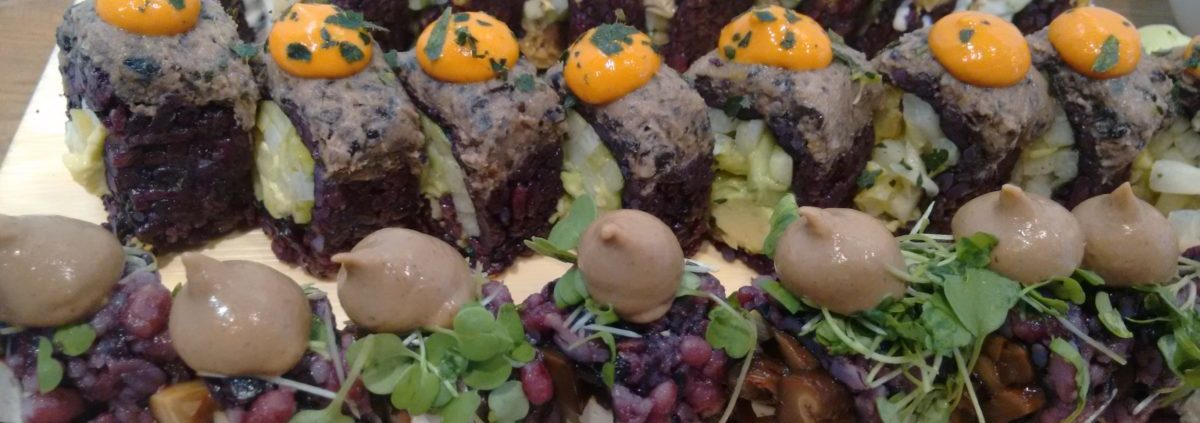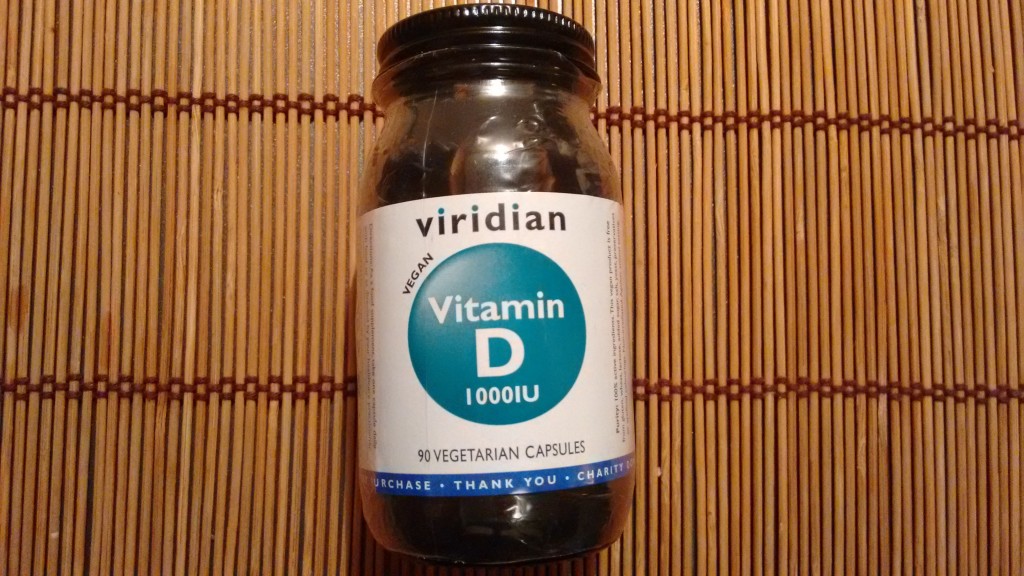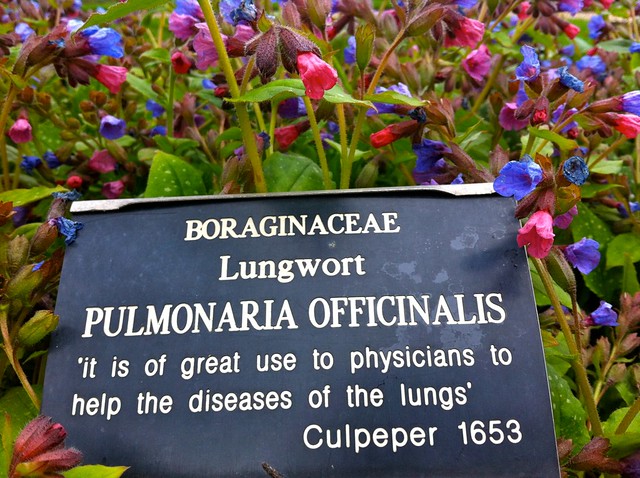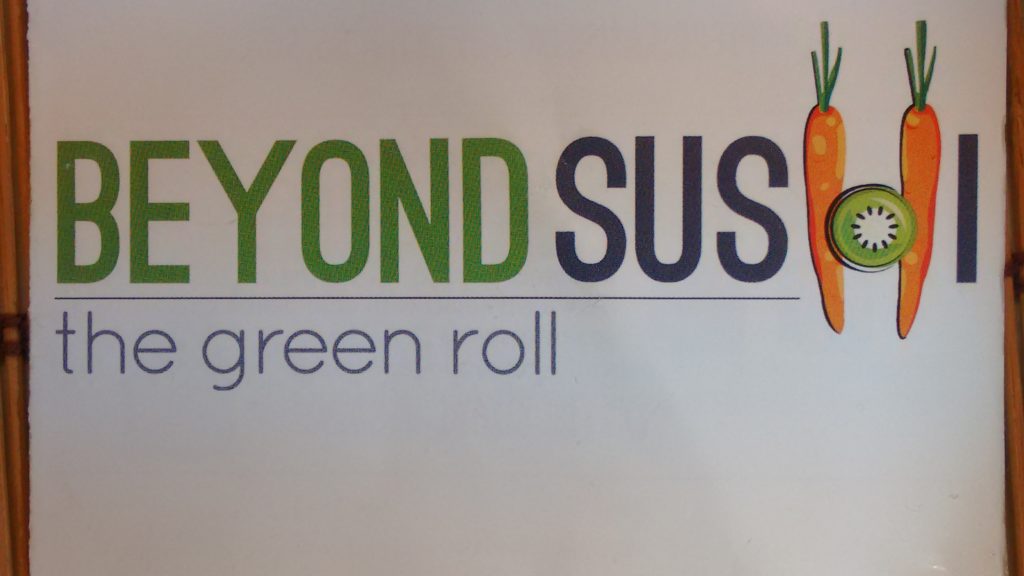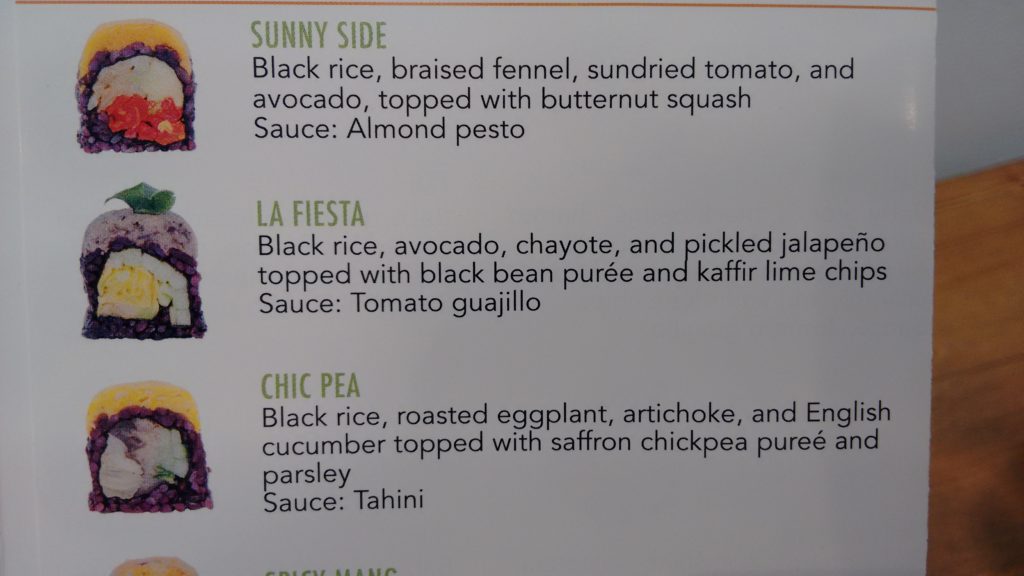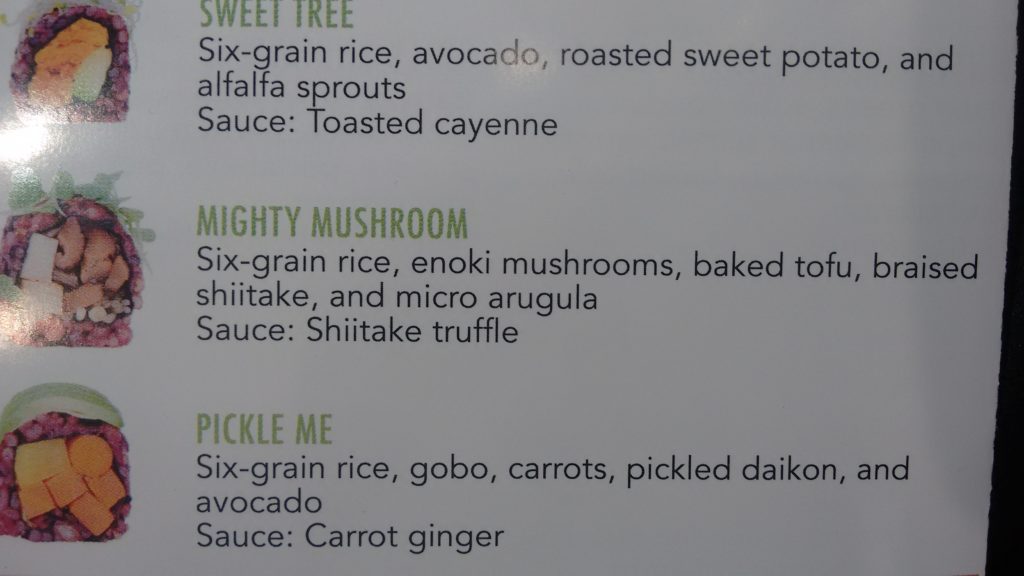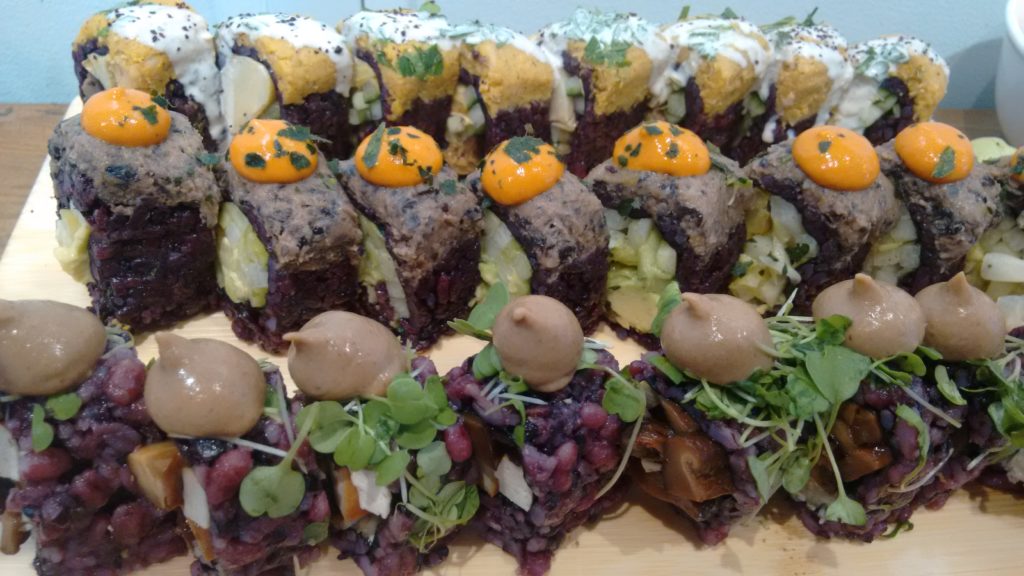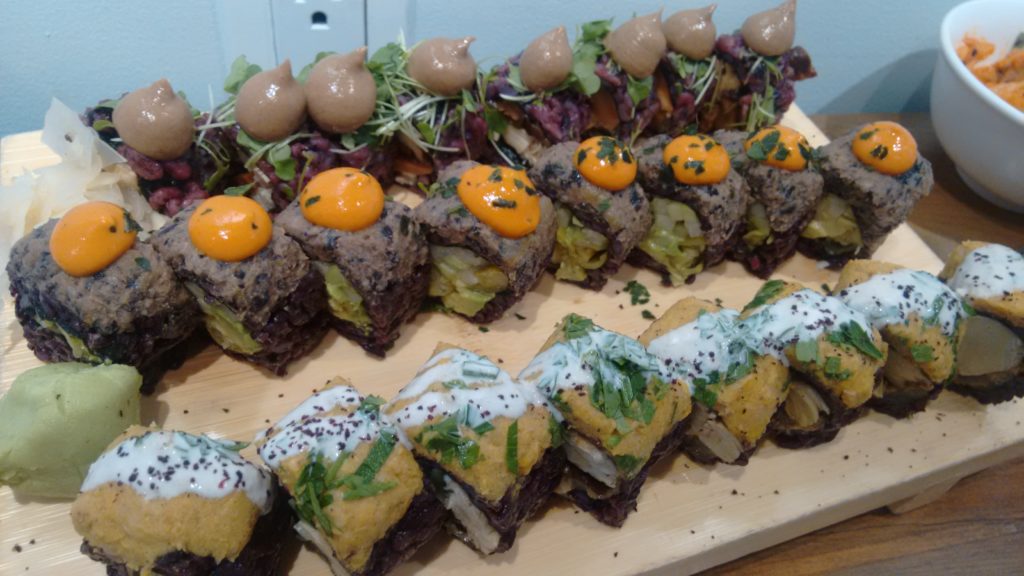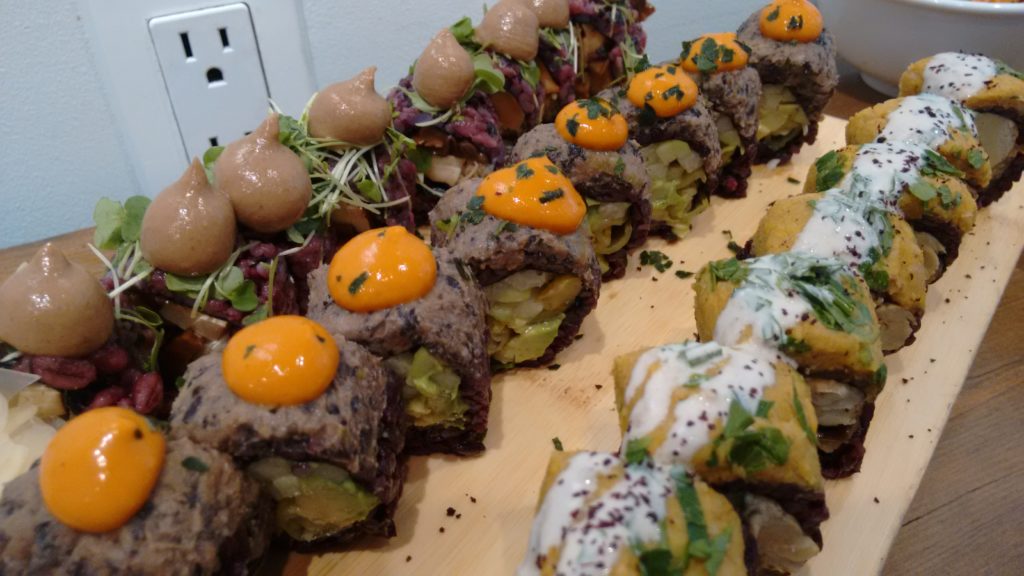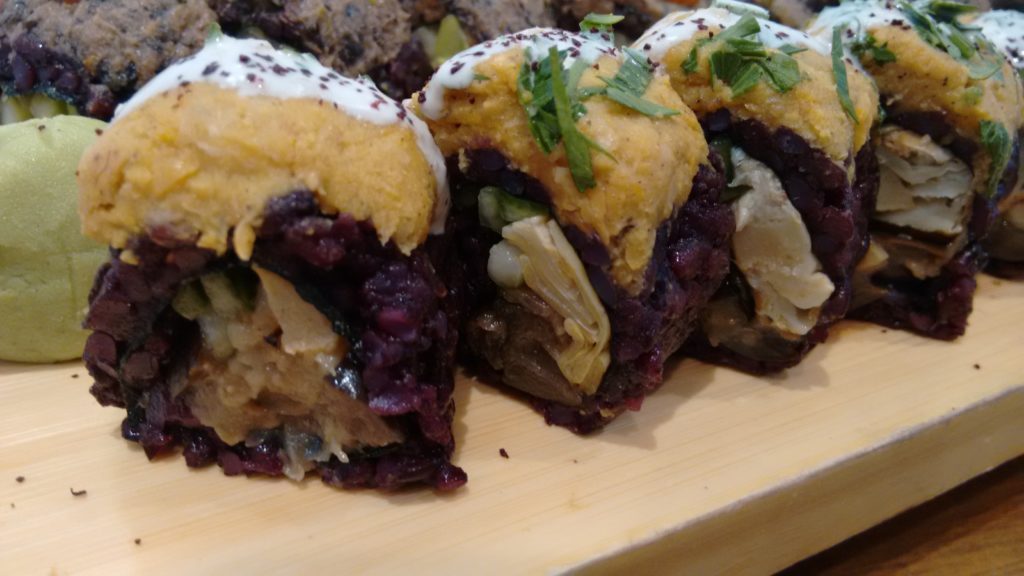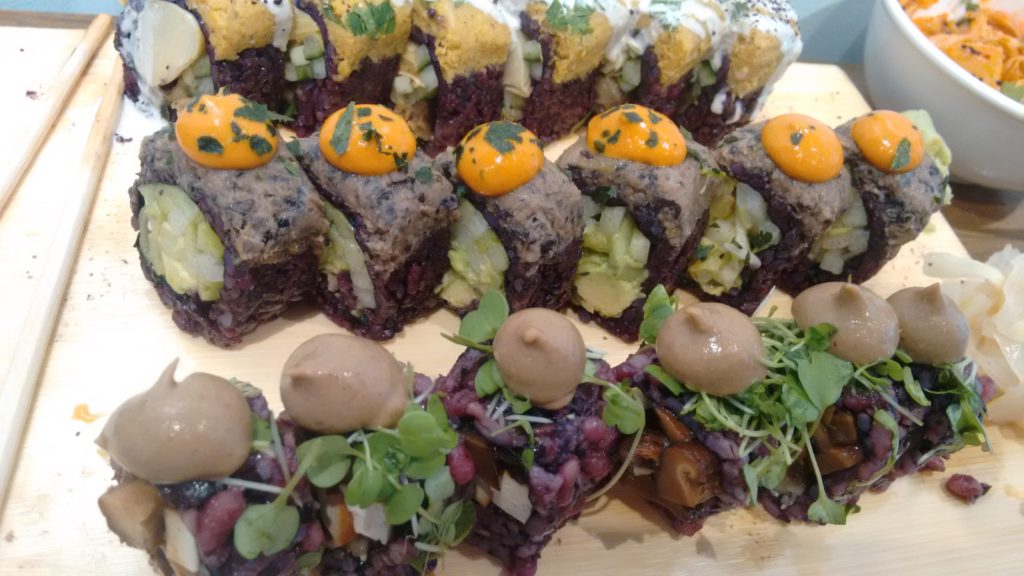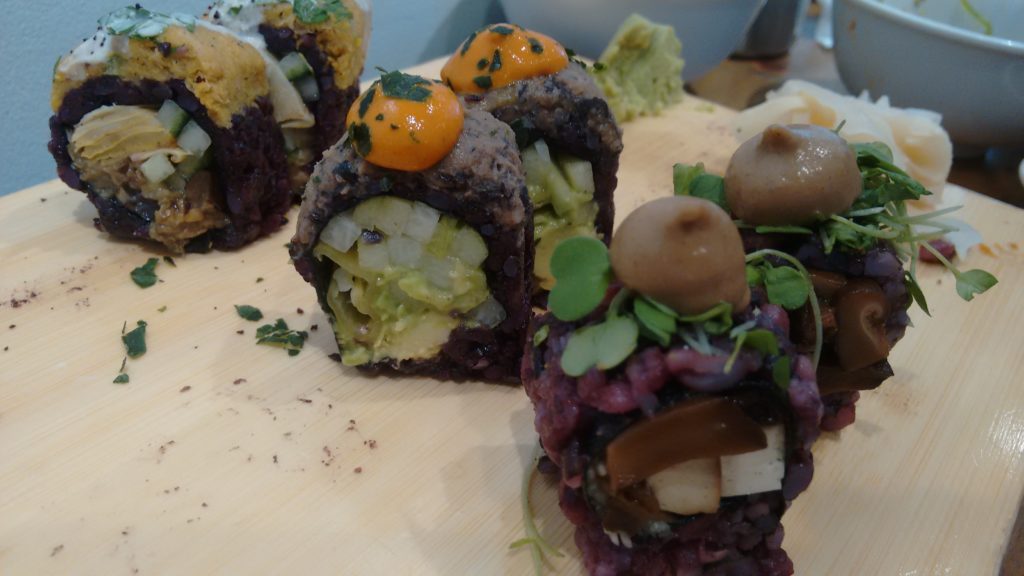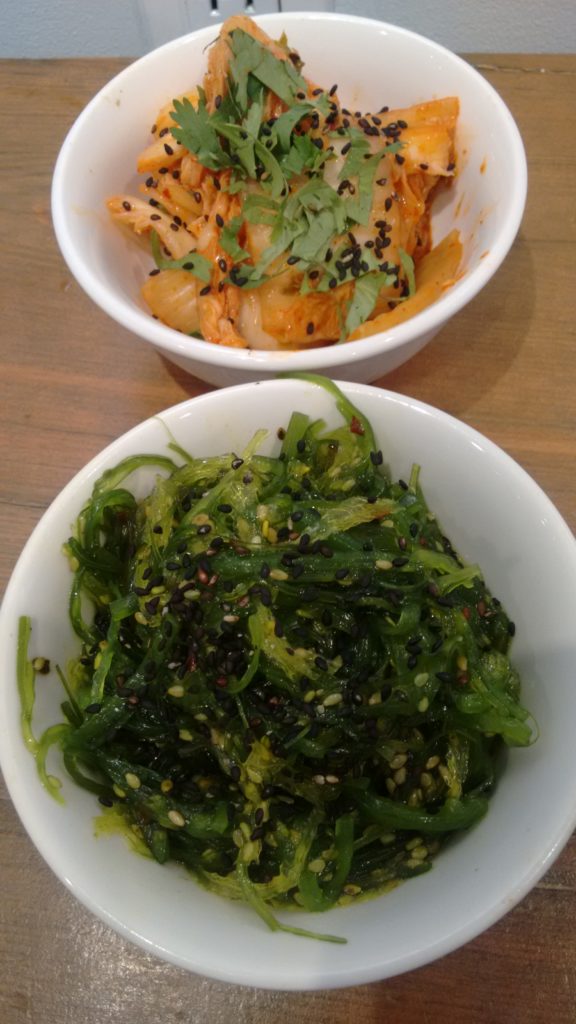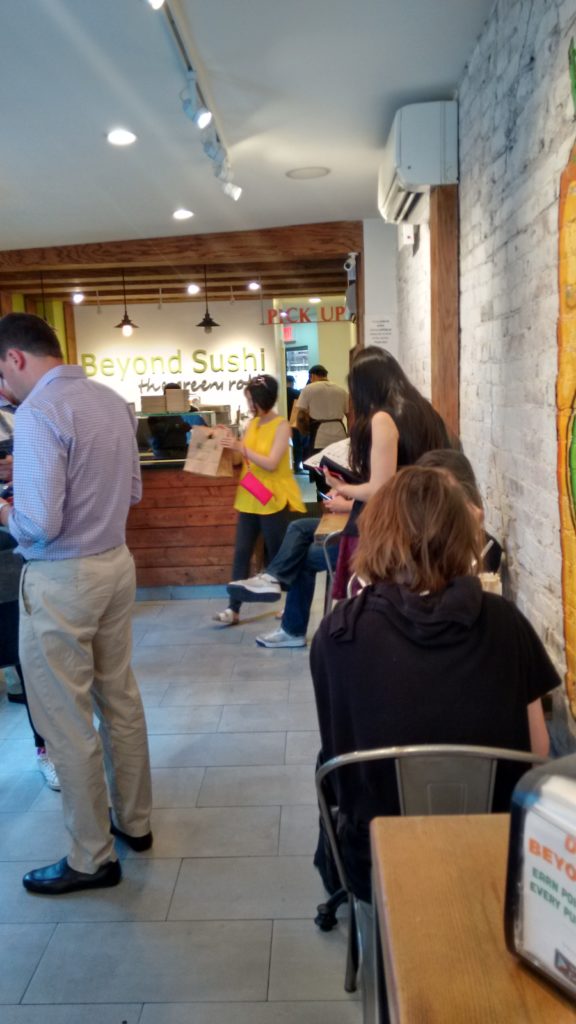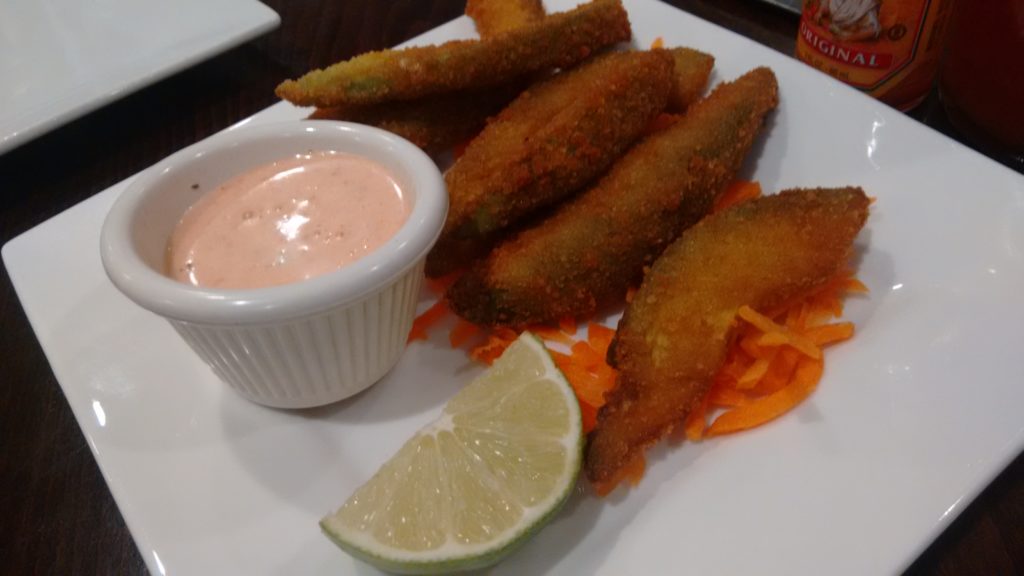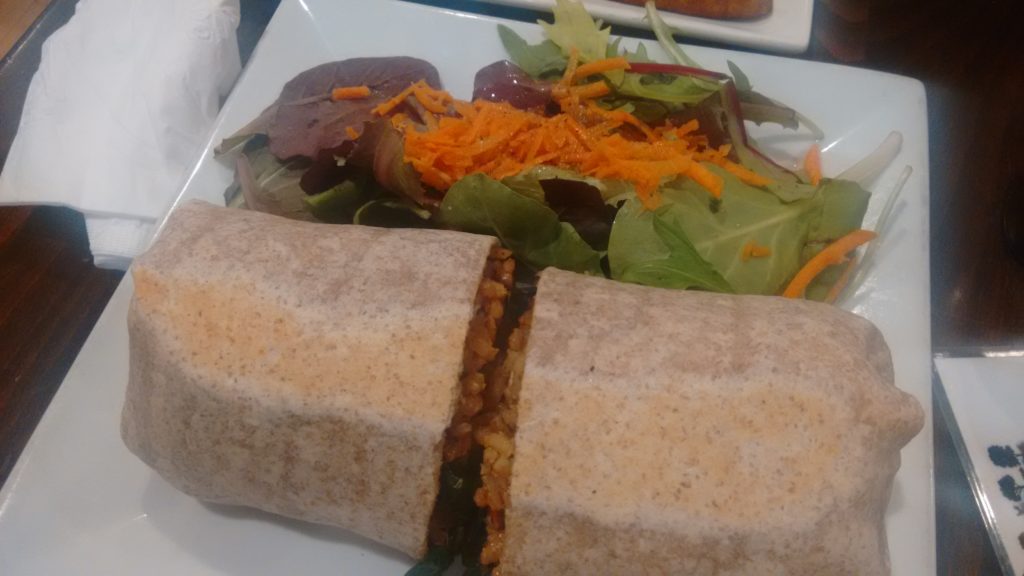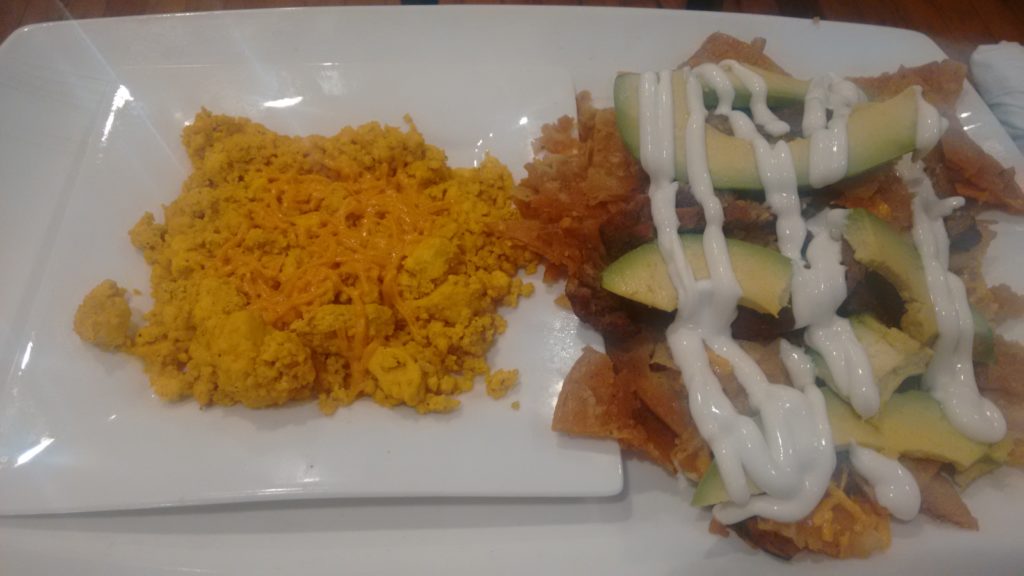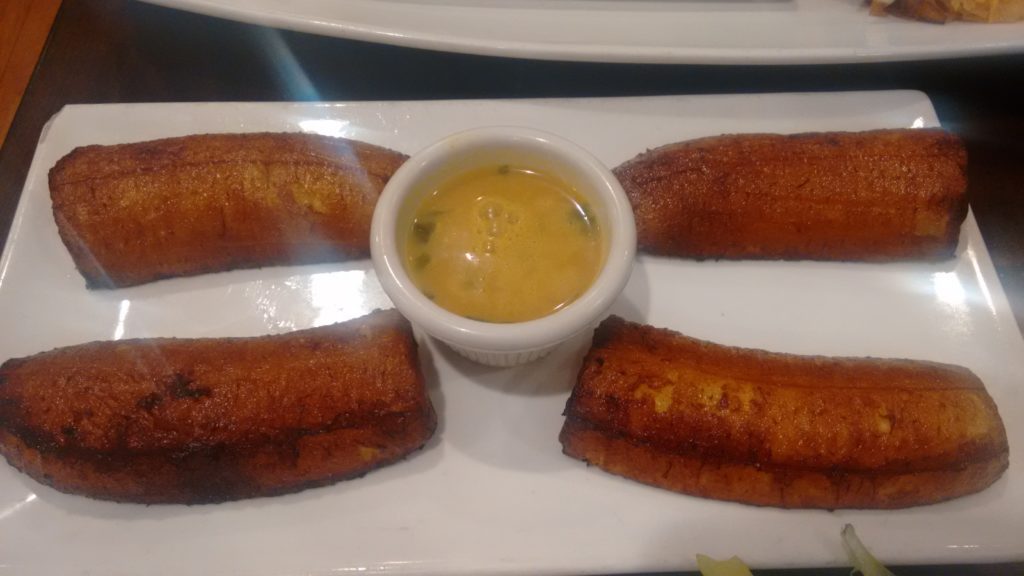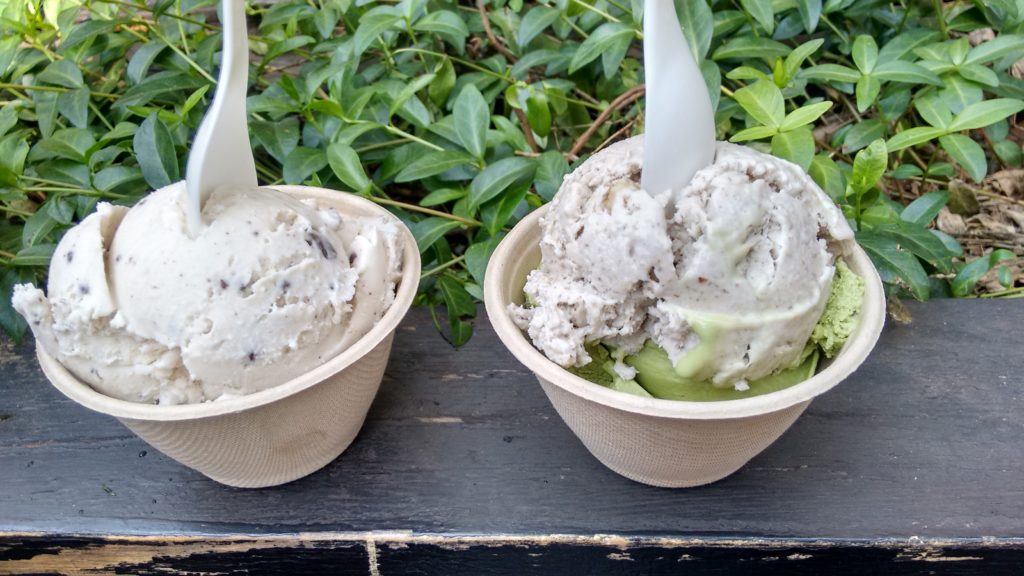
There was an article in The Times recently about how the ‘clean eating’ blogs and websites (there are a couple of big ones in the UK – I’m sure the US has its own fair share) have fed into eating disorders, and only served to encourage those that suffer from them to stress even more over the food they eat. It suggested that they play into ‘orthorexia’; a condition where you become so obsessed with eating ‘right’ that it impinges on your quality of life.
I guess I can see how this might happen.
What really irked me about the article however is that it didn’t seem to be too concerned about mentioning veganism in the same breath as the ‘clean-eating’ phenomenon, thereby associating it with the harmful effects that these blogs can have.
You need to know that these blogs have ZERO to do with being vegan. In some cases the ‘diets’ espoused aren’t even 100% plant-based.
Veganism is about not exploiting animals for our use; and in broader terms it’s a foundation for exposing all oppressions, about guardianship of the planet, and giving our bodies what they need and not what they don’t so that we have the energy, will, and spirit to do this.
These ‘clean-eating’ blogs seem to be about looking cool AF while slurping on a smoothie full of ingredients from the peaks of the Peruvian Andes (hello? What happened to shopping locally?)
You also need to know that the foods these blogs showcase are not the only path to great health.
~~~~~~~~~~~~~~~~~~~~~~~~~~~~~~~~~~~~~~~~~~~~~~~~~~~~~~~~~~~~~~~
My thoughts were very conflicted when these fancy, high-end ‘clean eating’ food blogs forced their way across my radar a few years ago.
My VERY first thoughts on discovering Deliciously Ella (famous UK ‘clean eating’ blogger), quite honestly, were jealous ones that I’m not proud of.
How does a 23 year old afford a house with a kitchen like THAT??? How does she afford a fancy website like that?? How does she have the time to compose those pictures and write text and recipes every day??
When I found out it was because she was born rich, that didn’t help my jealousy any.
But then I got over myself and thought about it some more.
My next thoughts were in fact about how positive it could be if lots of people were introduced to plant-based eating this way.
As I said, these websites are all about health and style. They are not about ethics, or about the impact of diet on the environment.
But MY initial main motivation for eating plant-based was health, which eventually grew into something much bigger and all-encompassing.
If I grew to embrace veganism and all it entails through seeking health, surely it could happen to others this way?
Upon further exploration of these websites, I became disheartened. Far too many of the recipes contained ingredients that I knew to be expensive, hard for lots of people to find, and questionable in terms of whether they really deliver benefits in proportion to the price they cost.
If you have the money to afford chia, baobab and cacao by the bucket load, then good for you.
However, veganism and plant-based eating are ALREADY erroneously perceived as being expensive and elitist by many people looking for an excuse to never try it.
These ‘clean-eating’ blogs only reinforce this perception.
I explored the reasons why veganism isn’t elitist here.
I also wrote an article for Mind Body Green with 8 tips on how to eat vegan inexpensively, find it here.
Health does not = smoothies with exclusive ingredients in a vintage mason jar on a photogenic piece of distressed wood.
The much less glamourous (but also less expensive, YAY!) route to health is this:
- Eat your wholegrains. Lots of ’em.
- Potatoes too, both sweet and regular.
- Root veg like carrots and beets rule for their bright colours and the nutrients they bring.
- Beans and lentils may not sound sexy, but they are where amazing energy is at.
- Don’t forget your leafy greens of all persuasions, your nuts and seeds, and fruits of all varieties.
- Add all the herbs and spices and condiments the earth offers and you not only have the wherewithal to eat deliciously for the rest of your life, but a great foundation for your best health ever.
I’m interested to know, what do YOU think of these websites? Please let me know in the comments!
